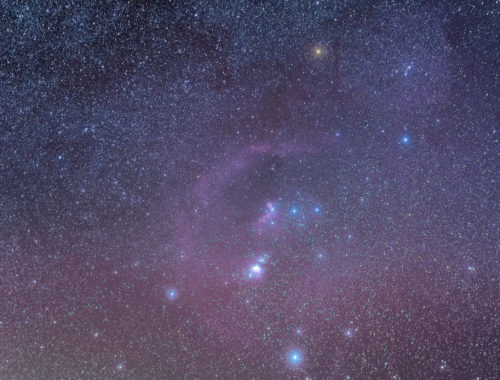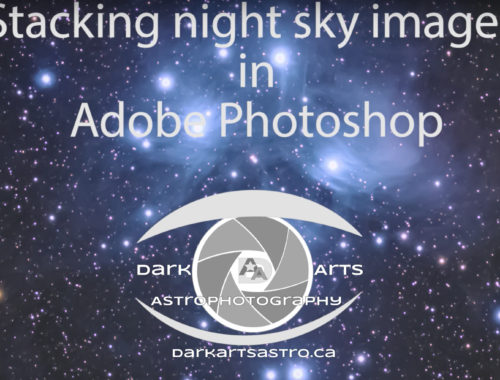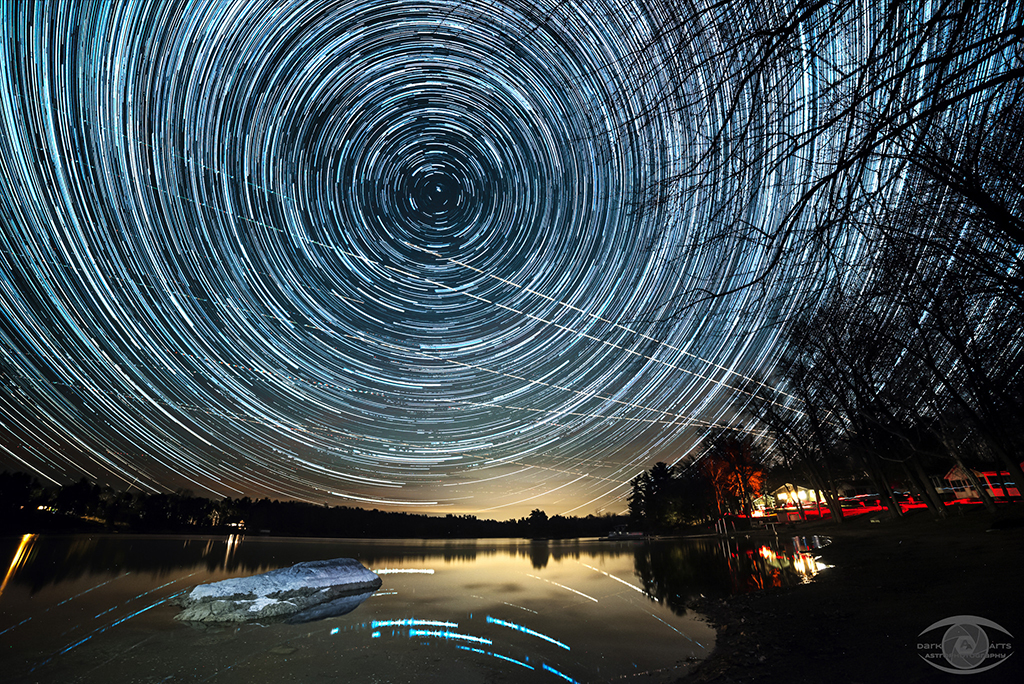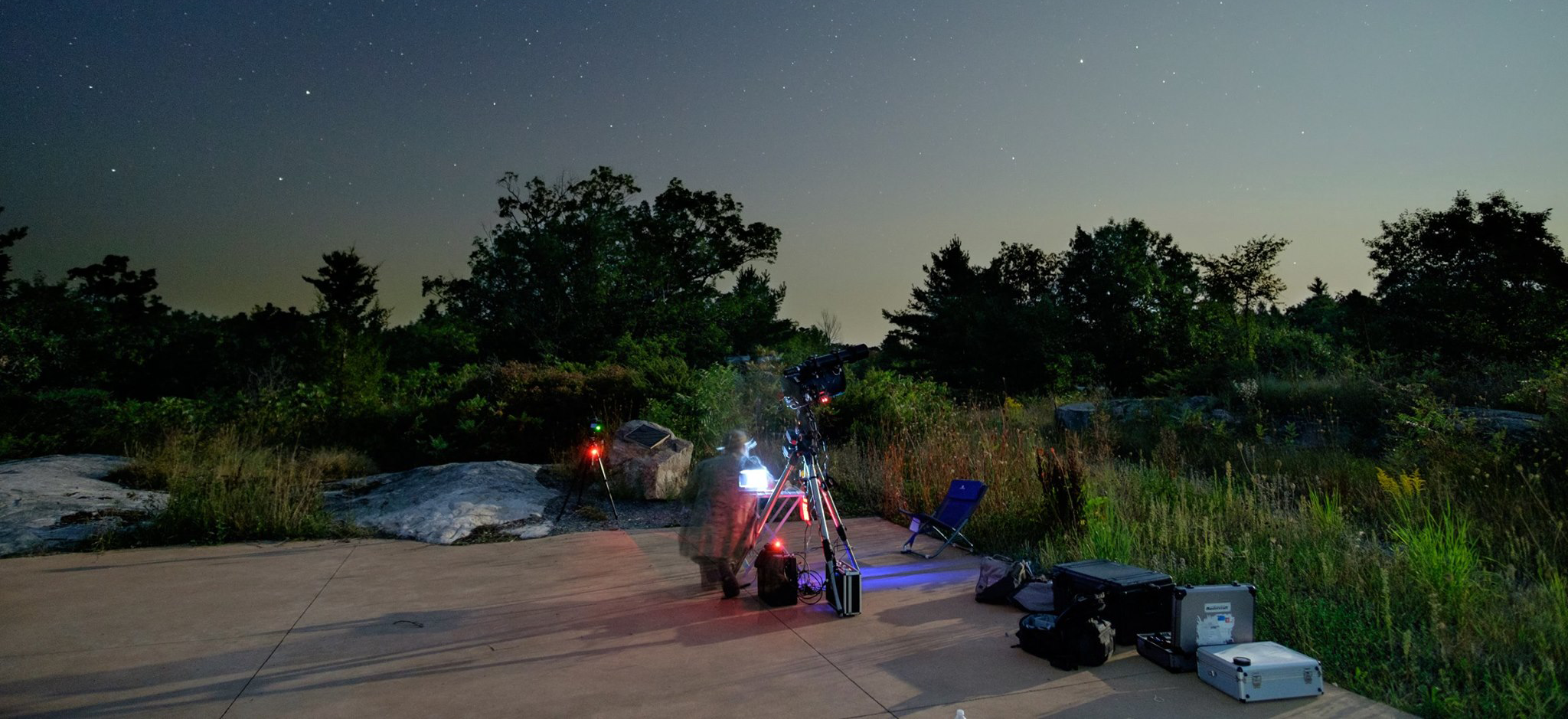Full frame, crop sensor DX, APS-C, FX, full frame equivalent… These are terms that get thrown around a lot when it comes to digital cameras and lenses. And rightfully, it can also be a source of confusion for novice or intermediate-level photographers who don’t know what they mean or how it affects their photography. In this article, I’ll attempt to introduce these concepts in simple terms and how they can affect your images when their applied to astrophotography.



